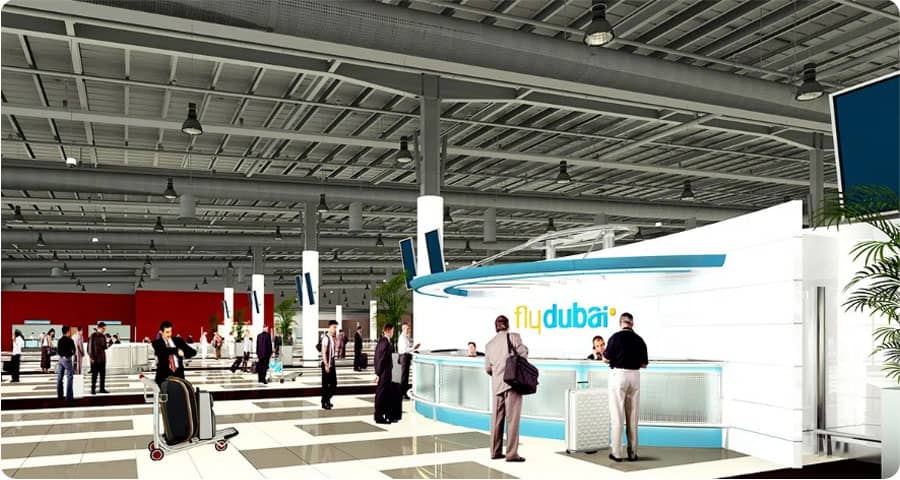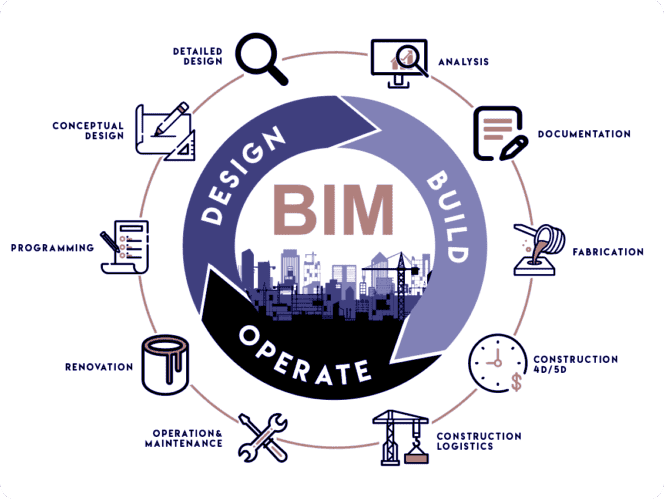
BIM for Airport Infrastructure
In the ever-evolving landscape of airport infrastructure development, staying ahead of the curve is paramount. Building Information Modeling (BIM) emerges as a true game-changer, revolutionizing the way we plan, design, and construct airports.
Understanding BIM in the Airport Context
Defining BIM for Airports
BIM, in essence, is a sophisticated process that involves creating and managing digital representations of the physical and functional characteristics of a facility. When applied to airport development, this technology becomes a potent tool for architects, engineers, and project managers alike.
Enhancing Collaboration and Communication
One of the standout features of BIM in airport projects is its ability to foster collaboration among multidisciplinary teams. The seamless sharing of information ensures that all stakeholders are on the same page, minimizing misunderstandings and optimizing decision-making processes.
The Impact of BIM on Airport Design
Optimizing Spatial Planning
BIM empowers architects to optimize spatial planning with unparalleled precision. The three-dimensional modeling capabilities enable them to visualize and fine-tune every aspect of the airport layout, from runways and taxiways to terminals and lounges.
Streamlining Construction Processes
Efficiency takes center stage during the construction phase, where BIM truly shines. The technology allows for the creation of detailed schedules, precise cost estimations, and a thorough analysis of potential clashes or discrepancies in the project timeline.
Efficient Facility Management:
BIM models can be used to create a digital twin of the airport, which can be used for facility management purposes.
This digital twin contains all of the relevant information about the airport, such as the location of building systems, equipment, and maintenance records. This information can be used to improve the efficiency of maintenance operations and extend the lifespan of the facility.
BIM and Maintenance Operations
Facilitating Predictive Maintenance
The benefits of BIM extend beyond the construction phase, proving invaluable during the airport's operational life. Predictive maintenance becomes a reality, as BIM enables the continuous monitoring of the facility's condition, helping identify potential issues before they escalate.
Ensuring Regulatory Compliance
Airport infrastructure must adhere to stringent regulatory standards. BIM simplifies the process of ensuring compliance, providing a comprehensive digital record of the facility's design, construction, and ongoing maintenance. This not only facilitates audits but also enhances the overall safety and security of the airport.
Improved Space Management and Passenger Flow:
BIM models can be used to optimize passenger flow throughout the airport, ensuring efficient movement and reducing congestion. This is especially important in busy terminals where large numbers of passengers need to be processed quickly.
Future Trends and Innovations in BIM for Airports
Integration of Artificial Intelligence
As technology continues to advance, the integration of artificial intelligence into BIM processes becomes a promising avenue. Imagine a BIM system that learns from past projects, optimizing future designs and constructions based on accumulated knowledge.
Enhanced Visualization Technologies
The future of BIM in airport projects embraces enhanced visualization technologies. Virtual and augmented reality applications will provide stakeholders with immersive experiences, allowing them to explore and understand the airport's design in unprecedented detail.
Why Choose Our BIM Services for Airports?
Specialized Expertise:
Our team comprises experienced professionals with a deep understanding of both the aviation industry and BIM technologies. We specialize in tailoring BIM solutions to meet the unique challenges and requirements of airport projects.
Comprehensive BIM Services:
We offer end-to-end BIM services, covering everything from initial concept design to facility management. Our comprehensive approach ensures that airports receive consistent support throughout the entire project lifecycle.
Proven Track Record:
Over the years, we have successfully implemented BIM solutions for numerous airport projects, ranging from terminal expansions to runway renovations. Our proven track record speaks to our ability to deliver high-quality results on time and within budget.
Cutting-Edge Technology:
We stay at the forefront of technological advancements in BIM to provide our clients with state-of-the-art solutions. Our commitment to using cutting-edge technology ensures that airports benefit from the latest innovations in digital modeling and project management.
Customized Solutions:
Recognizing that every airport project is unique, we tailor our BIM services to meet the specific needs and goals of each client. Our customized solutions take into account the size, scope, and complexities of the project to deliver optimal results.
Conclusion
The adoption of BIM in airport infrastructure projects is not merely a choice but a strategic imperative. Its impact on efficiency, precision, and collaboration is unparalleled, setting a new standard for excellence in airport development. As we look towards the future, the continued evolution of BIM promises even greater innovations, shaping the airports of tomorrow.
By choosing our specialized BIM services for airports, clients can leverage our expertise, comprehensive solutions, proven track record, cutting-edge technology, and customized approach. We are dedicated to supporting airports in achieving their goals, whether it be expanding terminals, upgrading runways, or enhancing overall facility management.

